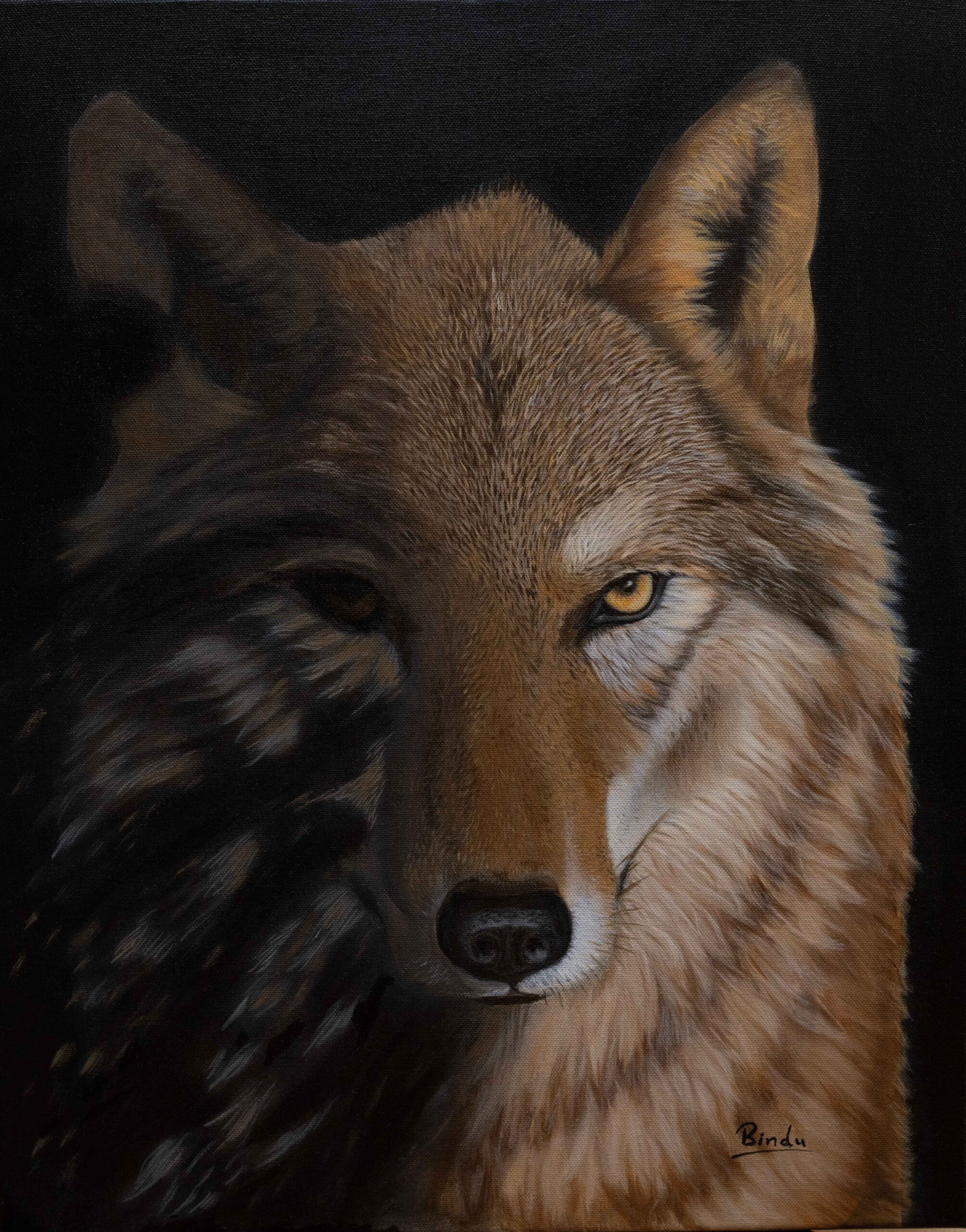Status: Vulnerable to Critically Endangered
Countries found in:
| Eurasian wolves | Vulnerable – Croatia, Denmark, England, France, Germany, Poland, Switzerland, Wales (Eurasia) |
| Italian wolves | Endangered – Italy, Germany |
| Iberian wolves | Critically Endangered – Spain and Portugal |
| Red Wolf | Critically Endangered – Only found in Eastern North Carolina’s Albemarle Peninsula, US |
The Eurasian wolf (Canis lupus lupus), also known as the common wolf, is a subspecies of grey wolf native to Europe and Asia. It was once widespread throughout Eurasia prior to the Middle Ages. Aside from an extensive paleontological record, Indo-European languages typically have several words for “wolf”, thus attesting to the animal’s abundance and cultural significance. It was held in high regard in Baltic, Celtic, Slavic, Turkic, ancient Greek, Roman, and Thracian cultures, whilst having an ambivalent reputation in early Germanic cultures.
As of 2017, the IUCN Red List still recorded the grey wolf as regionally extinct in eight European countries: Austria, Belgium, Denmark, Ireland, Luxembourg, Netherlands, Switzerland and the United Kingdom. Since then, wolves have returned to and, in some cases, firmly established themselves in all those countries.
The Italian wolf (Canis lupus italicus or Canis lupus lupus, also known as the Apennine wolf, is a subspecies of the grey wolf native to the Italian Peninsula. It inhabits the Apennine Mountains and the Western Alps, though it is undergoing expansion towards the north and east. As of 2022 the wolf population within Italy is estimated to be 3,307 individuals.
Iberian wolves, which mostly live in Spain and Portugal, are currently in serious danger of extinction. The Habitats Directive in the European Union protects the species.
The red wolf (Canis rufus) is a canine native to the southeastern United States. Its size is intermediate between the coyote (Canis latrans) and gray wolf (Canis lupus).
Wolves are an important part of the ecosystems, and their loss would be a great biodiversity loss.
Why are they threatened?
The image of a wolf conjures thoughts of fear, wildness, and untamed power of nature. In the middle ages, Europeans saw the wolf as a threat to their safety and the well-being of their livestock. To that end, Eurasian wolves were hunted for extermination until the late 1800s. From royal legislation to bounties, large amounts of effort was placed in turning people against these wolves.

